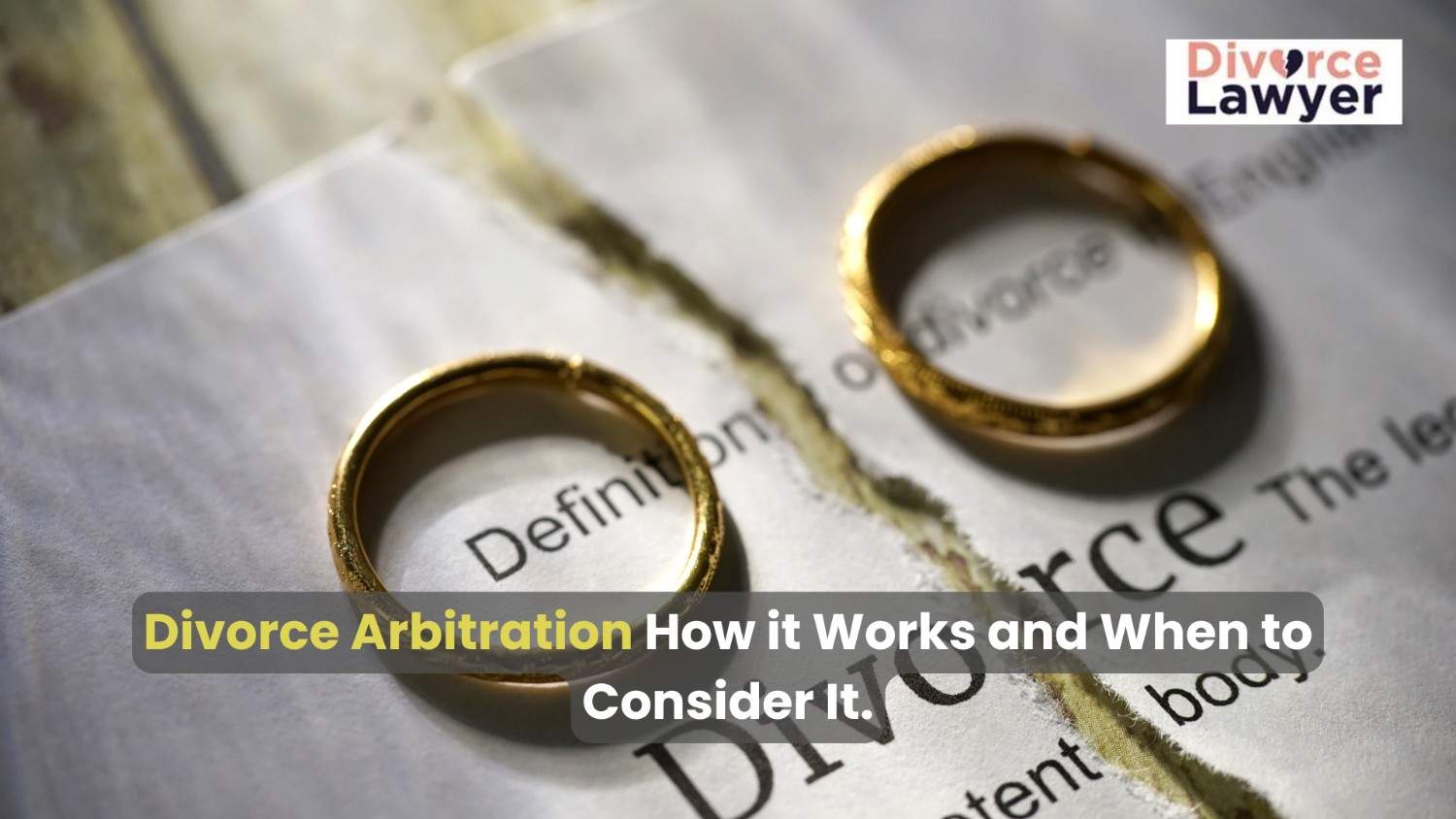· Alimony & Financial Support · 4 min read
Alimony and Spousal Support: What You Need to Know
Learn all about alimony and spousal support, eligibility factors, tax implications and tips to avoid disputes post-divorce.

When a marriage ends, the financial impact can be substantial, particularly for a spouse who has relied financially on the other. Alimony, or spousal support, can help bridge this gap by assisting the lower-earning spouse in maintaining their standard of living post-divorce. Understanding the various aspects of alimony from its purpose to eligibility factors and tax implications can be essential to navigating this process. Here’s everything you need to know about alimony and spousal support.
What is Alimony?
Definition and Purpose of Alimony Alimony, often called spousal support or maintenance, is a legal requirement for one spouse to provide financial assistance to the other after divorce or separation. It is designed to address any financial imbalance caused by the separation, especially if one spouse was financially dependent during the marriage.
Types of Alimony
Not all alimony arrangements are identical; different types apply depending on individual circumstances:
Temporary Alimony
- Also known as pendent lite support, this is awarded during divorce proceedings to help the lower-earning spouse cover living expenses until the divorce is finalized.
Permanent Alimony
- Typically awarded when one spouse may not become financially independent due to age, illness, or extended absence from the workforce. Although becoming less common, it’s still used in certain cases.
Rehabilitative Alimony
- This is intended to support a spouse while they acquire education or training to become self-sufficient. Rehabilitative alimony is usually temporary, ending once the recipient is financially stable.
Reimbursement Alimony
- Reimbursement alimony compensates one spouse for expenses incurred during the marriage (e.g., educational costs that benefitted the other spouse).
Spousal Support vs. Alimony: What’s the Difference?
While “spousal support” and “alimony” are often used interchangeably, there is a subtle distinction. Spousal support typically refers to financial assistance provided during the marriage, whereas alimony is generally awarded after divorce. Both aim to maintain the financial stability of a spouse post-marriage.
Who Qualifies for Alimony?
Factors That Determine Eligibility Eligibility for alimony is determined by multiple factors, including:
Length of the Marriage: Longer marriages are more likely to lead to alimony awards.
Age and Health of the Spouses: Older or ill spouses may be more likely to receive permanent alimony.
Income and Earning Capacity: Significant income disparity can make one spouse eligible.
Contributions to the Marriage: Non-financial contributions, such as homemaking or child-rearing, are also considered.
How Alimony Amount is Determined
Income and Earning Capacity: Courts assess both spouses’ incomes and earning potential to determine a fair amount.
Length of Marriage: Typically, longer marriages result in higher or longer-lasting alimony awards.
Standard of Living: Courts aim to maintain the standard of living established during the marriage.
How Long Does Alimony Last?
The duration of alimony varies based on factors like the length of the marriage and the financial situations of both spouses. It may be short-term or long-term, ending if the recipient remarries or becomes financially self-sufficient.
Can Alimony Be Modified?
When and How Modifications Can Be Made Alimony can be modified if there is a significant change in the financial circumstances of either spouse, such as job loss or remarriage of the recipient. Courts may review and adjust or terminate alimony accordingly.
Tax Implications of Alimony
Tax Rules for the Payor and Recipient Since 2019, alimony payments are no longer tax-deductible for the payor and are no longer considered taxable income for the recipient. This change has shifted the financial burden, impacting the tax landscape for both parties.
Alimony and Divorce Settlements
Alimony can be negotiated during divorce settlements or awarded by a judge. Negotiated settlements offer both spouses more control over the terms, while court-awarded alimony is based on legal guidelines and judicial discretion.
How to Apply for Alimony
To request alimony, a spouse must apply for it during divorce proceedings. This process involves providing financial documentation, including income statements, assets, and expenses, to justify the need for financial support.
What Happens if Alimony is Not Paid?
If alimony payments are not made, the recipient can take legal action. Courts may enforce payment through wage garnishment, fines, or, in severe cases, even jail time for the payor.
Common Myths About Alimony
Many misconceptions surround alimony. For instance, it’s commonly believed that only women receive alimony or that alimony lasts indefinitely. In reality, alimony can be awarded to either spouse, and its duration is subject to various factors.
How to Avoid Alimony Disputes
Alimony disputes can be emotionally taxing and financially costly. To avoid them, it’s wise to create a clear, legally binding agreement that outlines payment amounts and duration upfront.
Conclusion
Alimony plays an essential role in helping a spouse maintain financial stability after divorce. While the rules and processes can be complex, understanding the purpose, types, eligibility, and implications of alimony can help you navigate this aspect of divorce more confidently and effectively.



